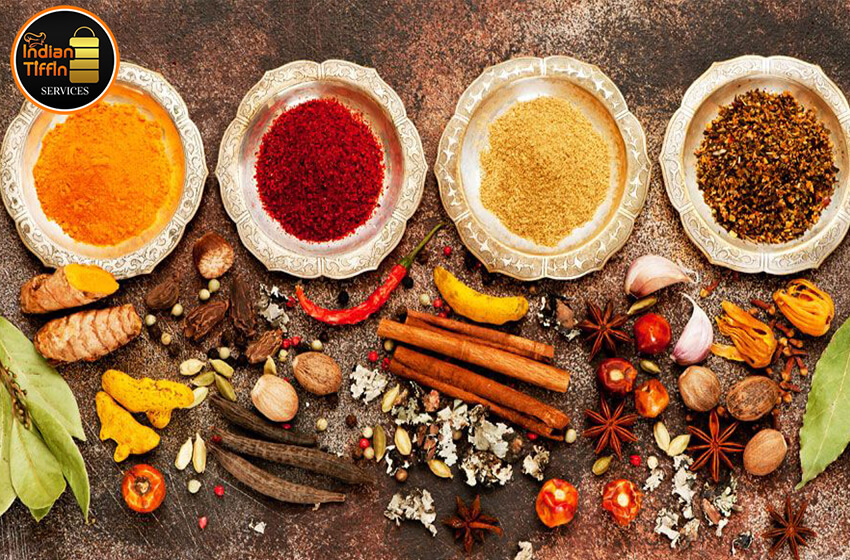
Spices perform an important play in how we prepare and eat food all across the world. Every spice has its distinct flavour and aroma, and its presence or absence may make or break a meal. Spices have significant nutritional value and offer a variety of health benefits.
Below are 5 key Indian spices that we use daily and that are good for our health.
1. Coriander
The seeds and leaves of the plant are frequently used as a spice and garnish in Indian cuisine. This spice is said to contain anti-microbial and anti-fungal characteristics, as well as the ability to decrease blood pressure, blood sugar, and cholesterol. Coriander seeds, extract, and oils may all aid in lowering blood sugar levels by stimulating insulin response from the pancreas.
2. Cumin
Cumin is a rich and vital source of iron and has been utilised in traditional medicine for a long time. It has a high amount of antioxidants and has been demonstrated to have antimicrobial and anti-inflammatory effects. Cumin has also been shown in certain trials to help with digestion and reduce food-borne illnesses. Cumin has been shown to reduce blood sugar levels in diabetics. Cumin powder, when combined with a low-calorie diet, has been shown to aid weight reduction.
3. Ginger
Ginger has hundreds of chemicals and metabolites, according to research, some of which may help with health and healing. It’s been used to aid digestion, alleviate nausea, and combat the flu and common cold. Ginger is also a key component of the traditional kadha recipe. Gingerol, which contains potent anti-inflammatory and antioxidant capabilities, is responsible for many of ginger’s therapeutic characteristics. It is known to aid with food digestion.
4. Cinnamon
Cinnamaldehyde, a chemical believed to be responsible for much of cinnamon’s significant effects on health and metabolism, is abundant in the oily component of this fragrant spice. Its anti-inflammatory characteristics may help to avoid free radical generation, which can harm your cells and neurological system. Cinnamon has been demonstrated to lower total cholesterol, bad cholesterol (LDL), and triglycerides while keeping good cholesterol levels stable (HDL). Cinnamon’s unique components may assist to improve cardiovascular health.
5. Turmeric
This brilliant yellow spice lends a distinct colour to many Indian cuisines. Turmeric, a ginger root cousin, is used in curries for its anti-inflammatory qualities and as a flavour and colour enhancer. It has been used as a spice and medicinal herb in India for thousands of years. Curcumin, the major active element in turmeric, has been shown to include molecules with therapeutic characteristics, the most significant of which is curcumin. Turmeric is also used as a dietary supplement to treat inflammatory arthritis, as well as issues with the stomach, skin, liver, and gall bladder.
CONCLUSION
While the spices used in traditional Indian cuisine provide health advantages, excessive usage of any spice without understanding should be avoided. So, always remember to be cautious and enjoy everything in proportion! Have you tried any of these spices yet? It’s time to give them a try and expand your taste buds!